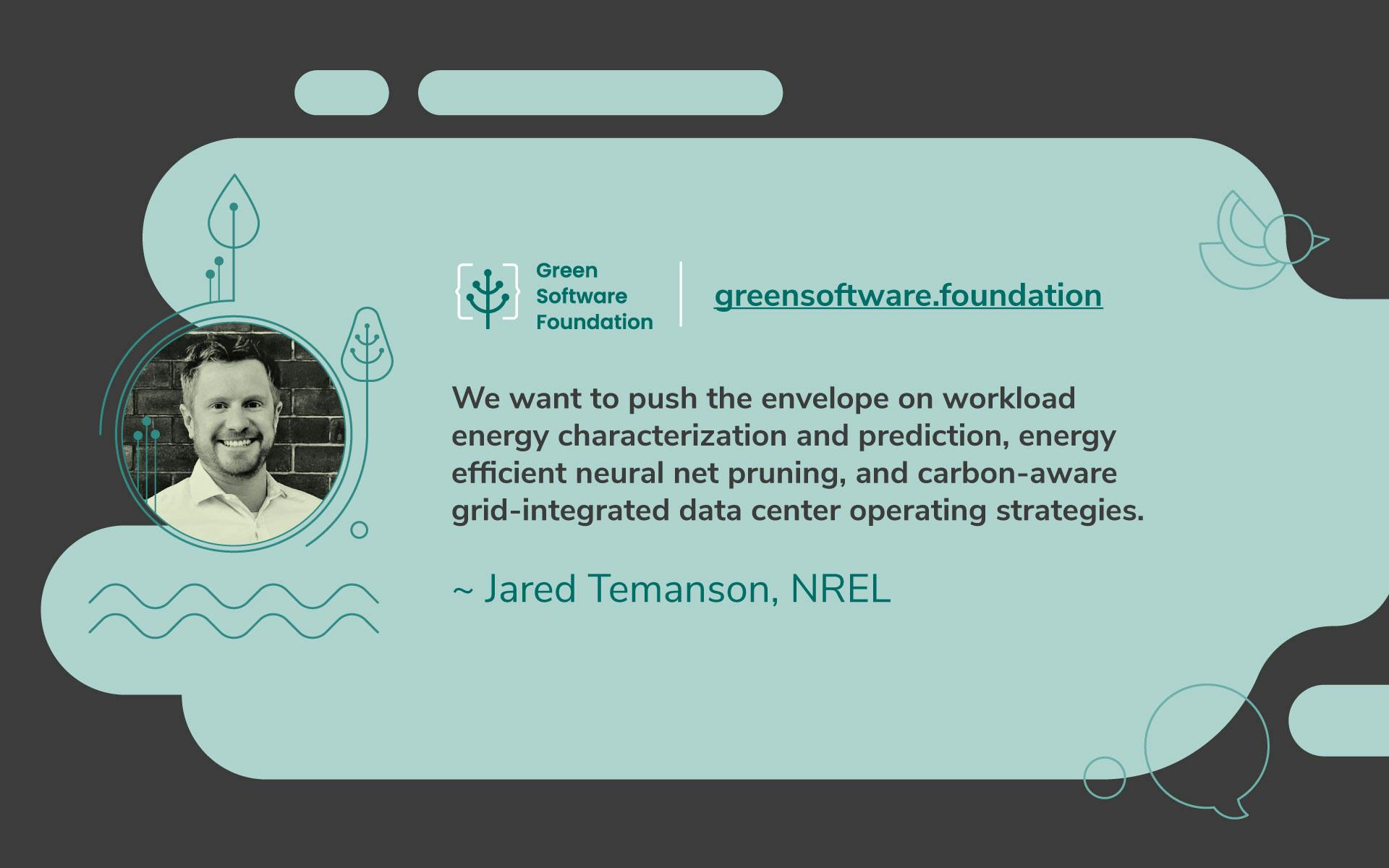Jared started his career at NREL in 2009. He worked for several clean tech software startups from 2017-2023, before returning to NREL. He now runs the Joint Institute for Strategic Energy Analysis’s (JISEA) Catalyzer Initiative. The program focuses on planning and assessment activities around novel, cross-cutting research areas of emerging critical importance and develops new capabilities to support those topics.
Can you tell us more about NREL?
The National Renewable Energy Laboratory (NREL) is a U.S. federal research facility dedicated to the development of renewable energy and energy efficiency technologies. NREL focuses on a broad spectrum of energy research areas to solve today’s energy challenges. Our aim is to advance and increase the adoption of sustainable energy solutions to reduce dependency on fossil fuels and curb climate change. NREL plays a crucial role in supporting the United States' clean energy transition, offering technical expertise to government and industry partners.
How does that tie into green IT?
NREL’s wide-ranging portfolio covers everything from the circular economy to novel integrated hybrid systems for green hydrogen and other renewable feedstocks.
Computational science underpins our efforts, where NREL leverages cutting-edge computing capabilities, such as big data, artificial intelligence, and information technology, to drive energy innovations forward. With two high-performance computing systems boasting a total supercomputing capacity of 44 petaflops, NREL’s sustainable computing research team is able to conduct novel experiments and research into computing's energetics and push the envelope on topics like workload energy characterization and prediction, energy-efficient neural net pruning, and carbon-aware grid-integrated data center operating strategies.
Have you institutionalized these activities?
In May 2022, we launched the Green Computing Catalyzer, spearheaded by Senior Computational Science Researcher Charles Tripp. Dr. Tripp is a machine learning researcher who has spent over a decade on professional R&D projects. He is a Stanford PhD graduate and now leads the sustainable and resilient computing practice at NREL.
Can you give me more insight on the Green Computing Catalyzer?
Catalyzer investments last three years. We are currently in the third year of the Green Computing Catalyzer project. We’re focused on publishing research and cultivating partnerships to scale our research and gain insights into the marketplace. Our goal is to advance state-of-the-art practices in data center and software design and study and promote operational practices that respond to grid conditions and make data centers and the computation industry better energy citizens.
Are you applying any principles of green software engineering and development in your organization?
We’re in the process; our Computational Sciences team is studying lean coding practices and demand shaping and is creating techniques to characterize, estimate, measure, and verify the energy profile of compute jobs/payloads. All of this is done to promote energy efficiency and more sustainable, resilient computing practices.
How do you envision working with the GSF?
To effectively leverage the partnership with the Green Software Foundation, we envision a strategic and collaborative approach that harnesses the unique strengths and resources of both organizations. Gaining access to GSF's impressive network better positions NREL to identify new relationships with leaders in green software. NREL wants to immerse itself into the collaboration network; sharing data, insights, and innovative ideas, and seek opportunities to progress research and tooling.
How do you see the future of green software?
We see green software as key to satisfying society’s insatiable appetite for computing and digital services in a way that is sustainable, resilient, and just. We believe efficiency and sustainability don’t end at the building envelope or HVAC system. Efficiency and sustainability demand novel operational approaches and sophisticated application design, development, and deployment.
The challenge is breaking down barriers in this hyper-competitive space and battling the inertia of existing business models. We need more and better science around green computing, especially as it pertains to AI and the tradeoff between performance and energy needs in different contexts. Fortunately, there is a strong demand for sustainable solutions across the board!
This article is licenced under Creative Commons (CC BY 4.0)
